5 Smart Ways to Measure Things Without a Ruler
Sometimes we might find ourselves in a situation where we need to measure something urgently, but we don’t have a ruler or any other measuring tools with us. But there’s no need to stress — there are 5 cool ways to measure things, even distances, using just your body and common objects most of us carry in our pockets.
❗ All of these methods will give you approximate measurements. If you need more precise measurements, it’s better to wait until you can use a ruler.
1. Using a bank note or credit card
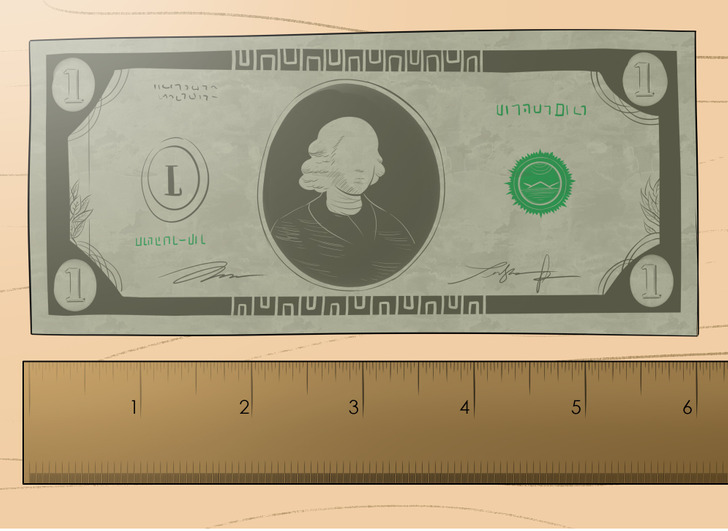
Using your local bills to measure something can be a good idea since it’s an object that you likely have with you at all times. Bill size varies, depending on the currency and sometimes on value. Some of the most popular currencies are:
- US dollars: 6.14 inches x 2.61 inches
- Pound sterling: £5 at 125 mm x 65 mm; £10 at 132 mm x 69 mm; £20 at 139 mm x 73 mm for the polymer version, and 149 mm x 80 mm for the paper version
- Euros: €5 at 120 mm x 62 mm; €10 at 127 mm x 67 mm; and €20 at 133 mm x 72 mm
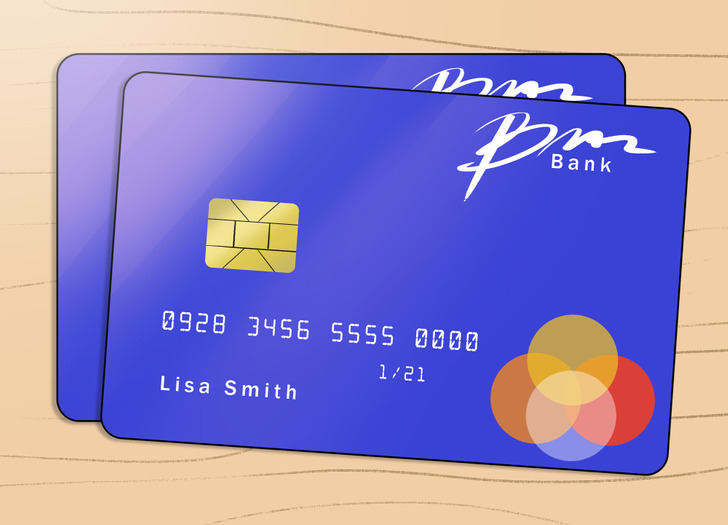
2. Using some A4 paper
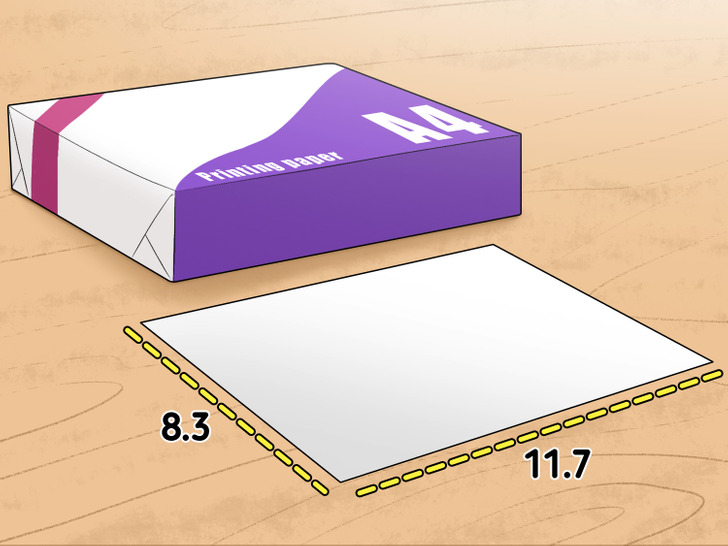
Modern paper is defined by the ISO 216 international paper size standard. That means that wherever you go, if you buy paper that’s advertised as A4, it should be this size:
- 210 mm × 297 mm or 8.3 inches × 11.7 inches
3. Using your arms
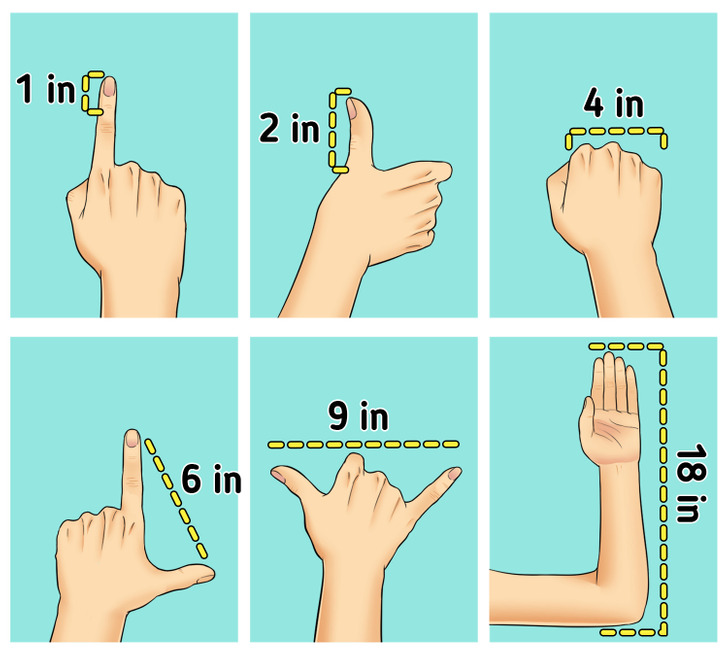
The human body has been used to provide the basis for units of length for millennia. For example, the length of the international foot corresponds to a human foot with a shoe size of 13 (UK), 14 (US male), 15.5 (US female), or 48 (EU sizing).
For approximate measuring, you can also use the following equivalences.
- 1 inch (2.5 cm) = the length of the first joint of your index finger
- 2 inches (5 cm) = the length of your thumb
- 4 inches (10 cm) = the width of most people’s hands measured across your bottom knuckles (without the thumb)
- 6 inches (15 cm) = the span from the tip of the thumb to the tip of the index finger (when a hand is spread wide)
- 9 inches (23 cm) = the span from the tip of the thumb to the tip of the pinkie (when a hand is spread wide)
- 18 inches (46 cm) = the span from the elbow to the tip of the middle finger
4. Using an app
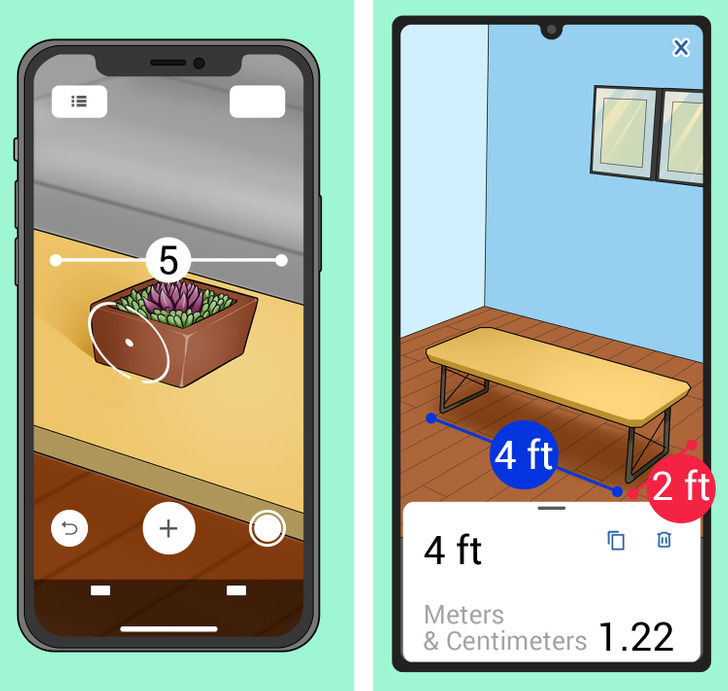
Modern smartphones either come with an app that you can use to measure things, or they allow you to download specialized apps for this purpose. For example, both Google and Apple offer a free app called Measure.
- Measure by Apple: Follow any on-screen instructions that ask you to move your device around after opening the app. Keep moving your device until a circle with a dot in the center appears. Move your device so that the dot is over the starting point of your measurement, then tap the “Add” button. Slowly move your device until the dot is over the ending point of your measurement, then tap the “Add” button again.
- Measure by Google: Move your phone around the space to find flat surfaces, such as a tabletop or the floor. Point and tap to start your measurement and adjust it accordingly. When finished, tap on measurements to get a quick reference to unit conversion, copy, and delete functions.
5. Calculate the distances in the sky using your hand
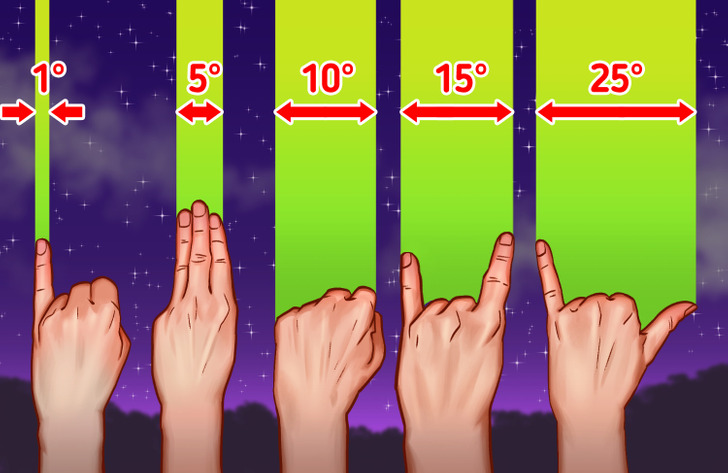
You don’t need to worry if you don’t have a telescope. You can calculate the distances (degrees) from one star to another using your hands. Remember that these measurements are approximate. All you need to do is hold your hand at arm’s length and close one eye.
- The width of your little finger at an arm’s length is about 1 degree. Your pinky finger can cover the moon and the sun, which are half a degree across.
- The width of your 3 middle fingers, side-by-side, is about 5 degrees.
- If you make a fist with the back of your hand facing you, its width will be 10 degrees. For example, the distance between the North Star (Polaris) and Dubhe is almost 3 fists — we can say that the angular distance between the 2 stars is 30°.
- If you spread out your fingers and bend down the thumb, the distance from the tip of your index finger to the end of your little finger is 15 degrees.
- If you spread your little finger and thumb as far as possible while keeping the rest of your fingers bent down, you’ll get about 25 degrees of sky.
Do you know any other methods that we can use when we really need to measure something but don’t have any tools for it?